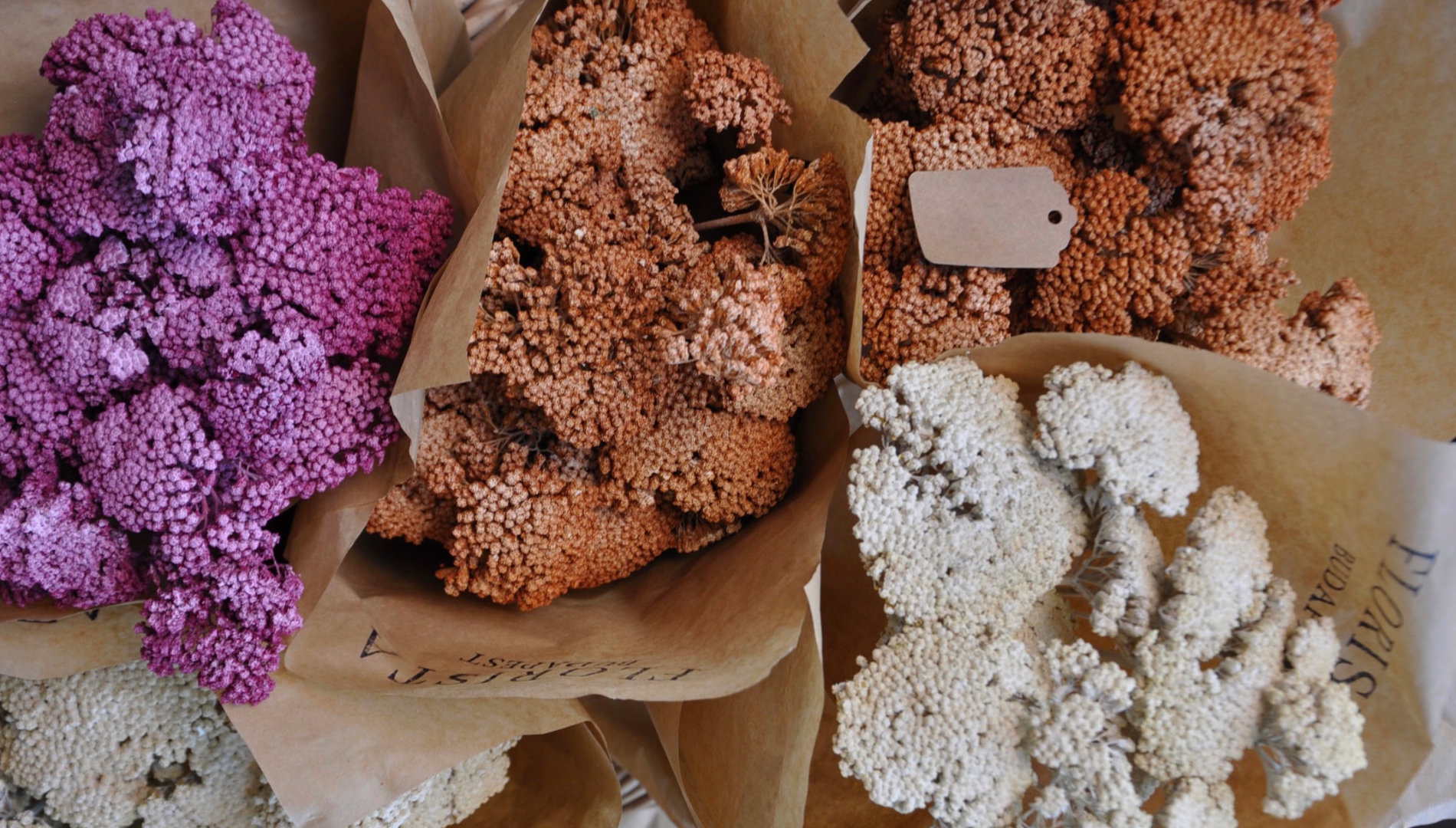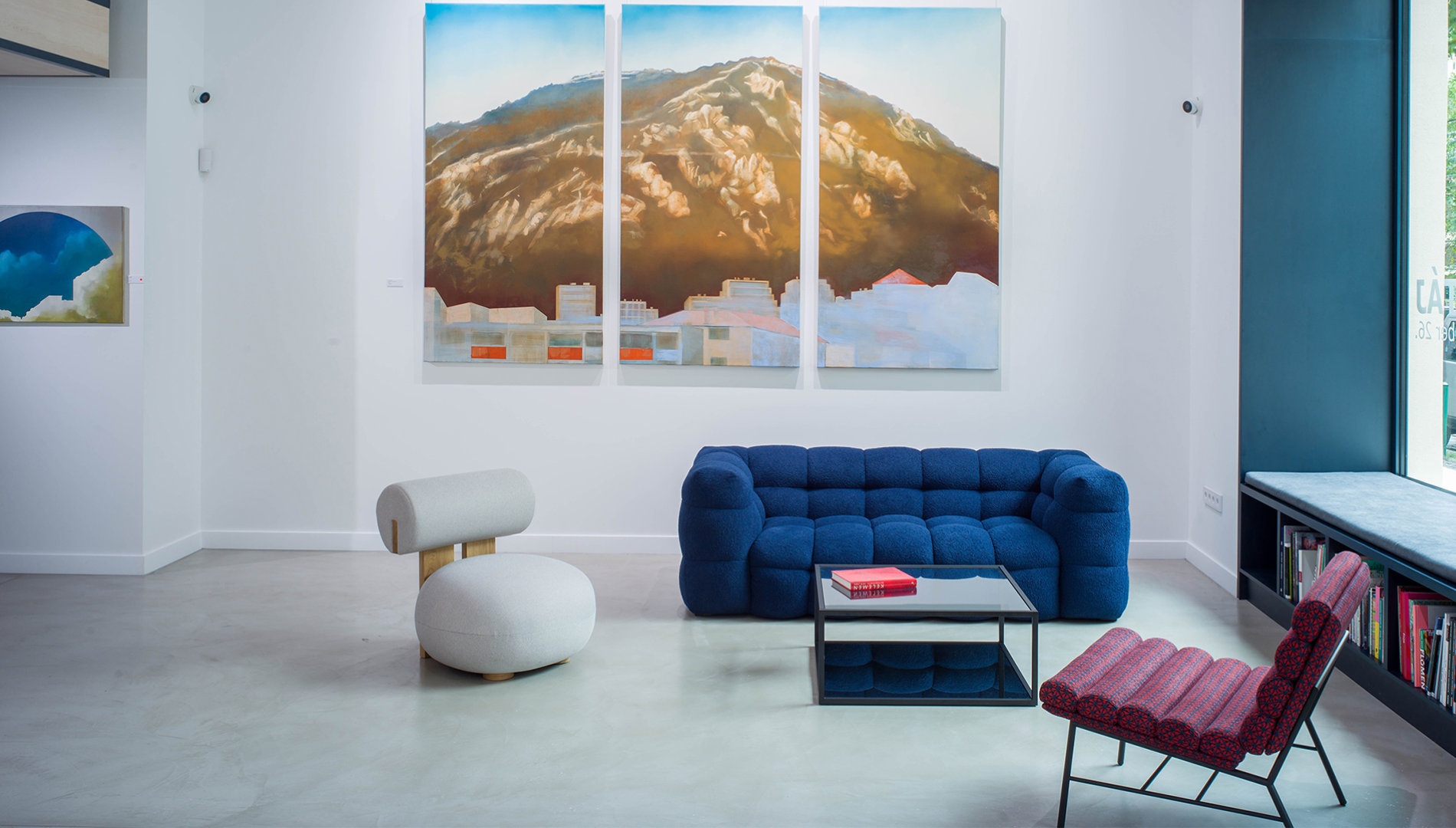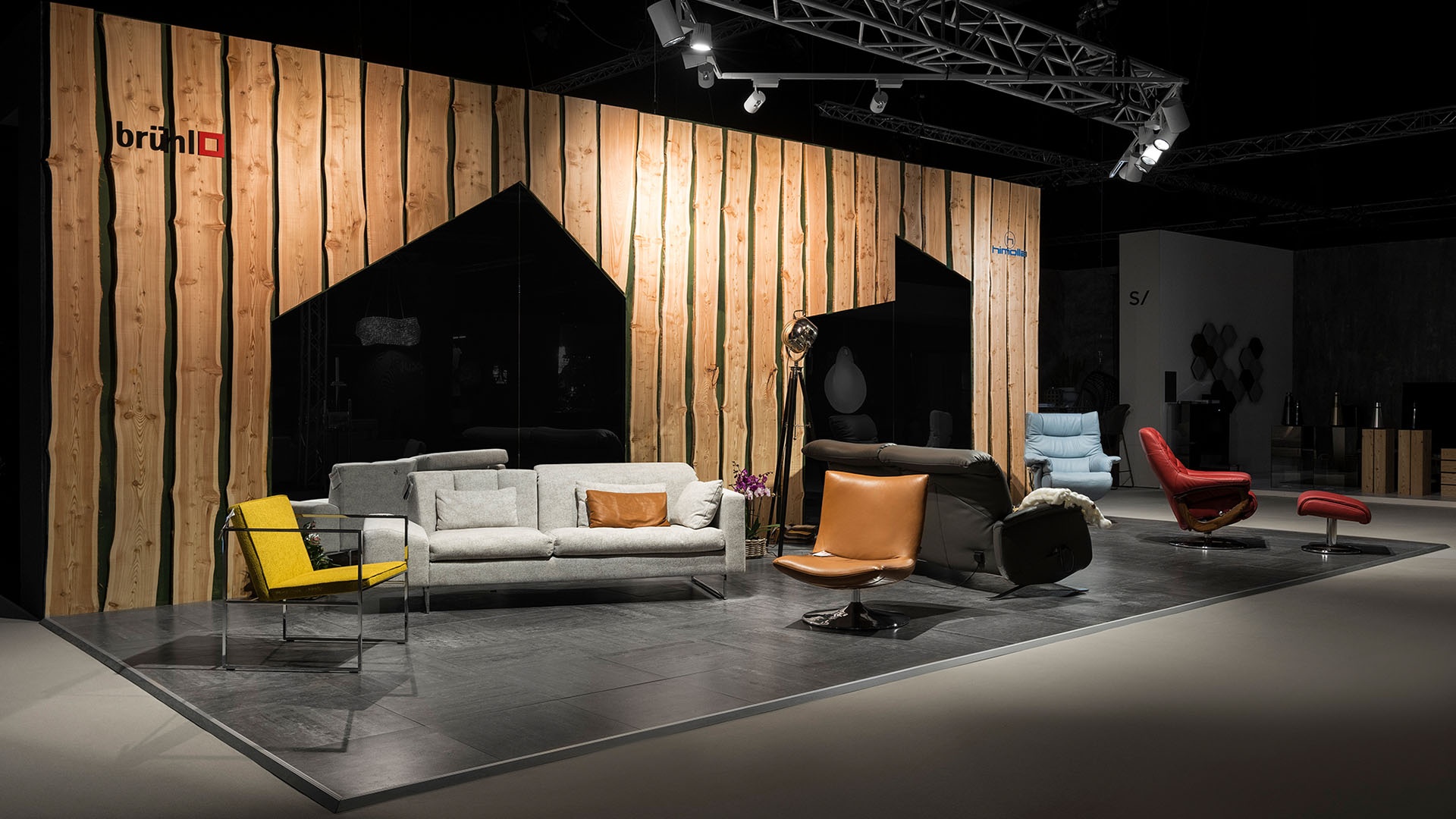
Exhibitor portrait: Sezlon Gallery
It is our greatest pleasure that S/ALON BUDAPEST was able to collaborate with such outstanding talents who have been at the forefront of promoting quality design approach and products for many years. Sezlon Gallery, the latest stop of a third-generation homemaking enterprise, is one of these collaborators. We talked to Ferenc Kovács, one of the founders of Sezlon Gallery, about traditions, values, and expectations.
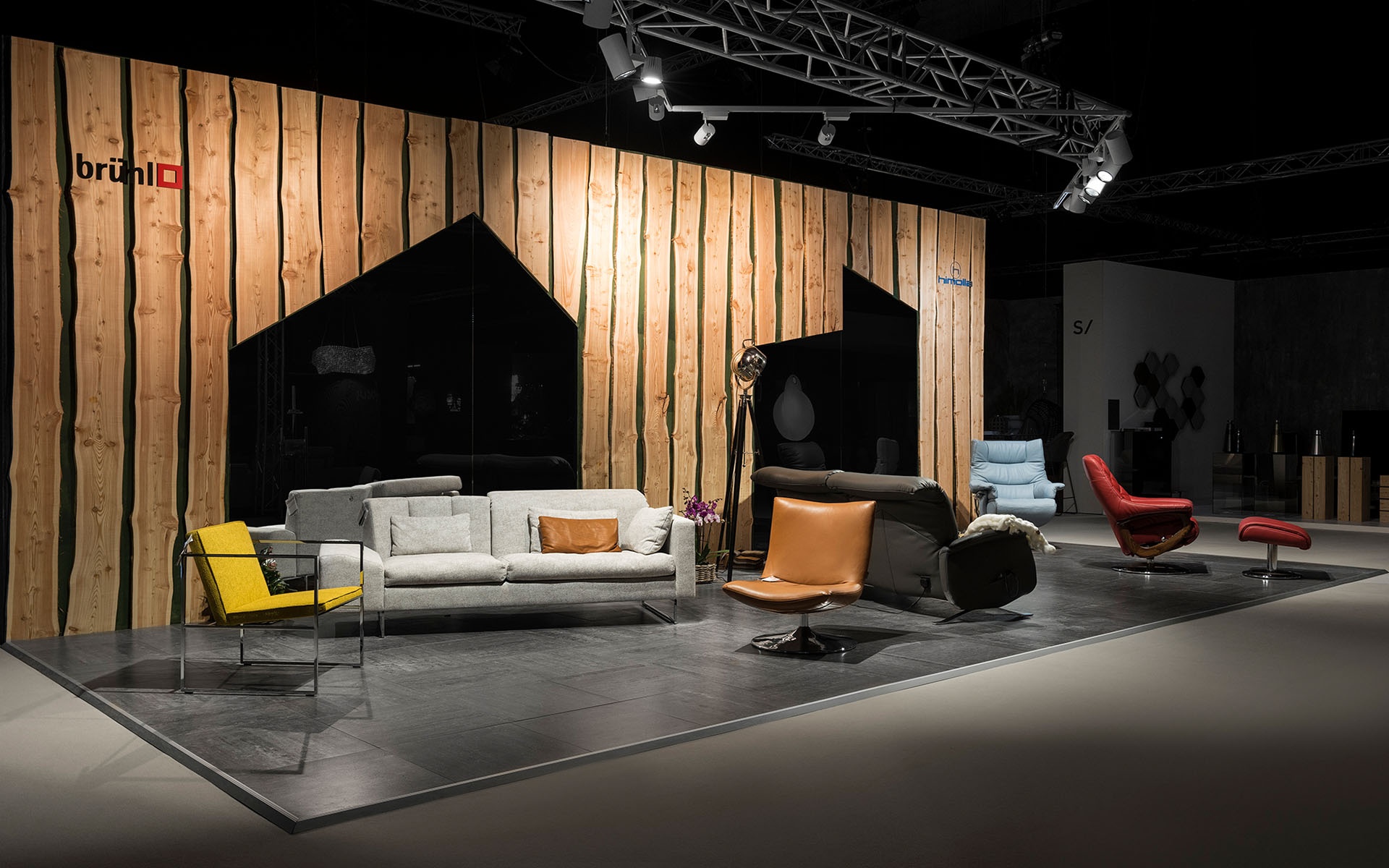
What kind of path led you to open Sezlon Gallery?
KF: My vocation for interior design and general design is a mix of individual interest and family heritage. I studied architecture and my mother’s family were distributors of Hungarian furniture. I was technically born into the enterprise, I saw every minute of it and I took part in it, too. Back in those days calling yourself an interior designer was considered to be a rich man’s folly, and the available services were limited to the trade of domestic furniture only. The first turning point came around 1994-96 when early signs started to indicate that the demand is on the rise for unique furniture tailored to people’s individual needs instead of the widespread articles of mass production. Then as a result of the real estate bubble in 2002-2003 it became evident that the international quality and supply can gain a foothold in Hungary as well. This opened a door to an entirely different world that almost seemed fantastic, full of possibilities and innovation, shining a light on a 60-year-long period of darkness. Thus Hungary slowly started to catch up. Our stores were present in the countryside until 2010, however feedbacks made it obvious that we needed another base, this time in Budapest, with the purpose of providing a platform for design and quality instead of selling objects for everyday use. This is how Sezlon Gallery was born, opening its gates in 2011.
Why Sezlon? How did you find the name?
KF: When we decided to choose a name for the newest chapter of our story we were looking for a solution that was short, easy to remember, and practical. It’s hard to say whether we found the name or the name found us. For us, “sezlon” is a word with many meanings, blending tradition, quality, and an entire palette of emotions. A long chair - also known as chaise lounge - is usually connected to a person as a place of relaxation, recovery, and self-reward. It’s charmingly middle-class, evoking the better days of a past century. This is another reason why we want to dust off this expression, as the chaise lounge is not only a piece of furniture from the past: in capable hands it can become the crown jewel of a room, just as the taste and individuality of a customer can evolve into something magnificent with the help and care of an expert. Our desire is to give back people’s ability to recognize their opportunities, and to bring back and elevate the notion of sophistication.
The name “Sezlon” finally clicked into place in the year of the opening when we gave out new business cards to our partners at our first international markets. It was delightful to hear that the Italians, French, Germans and Swiss all pronounced the name of the brand correctly. The reason is that almost all European languages incorporated the French “chaise lounge” in their vocabulary, thus giving a universal identity to our gallery.
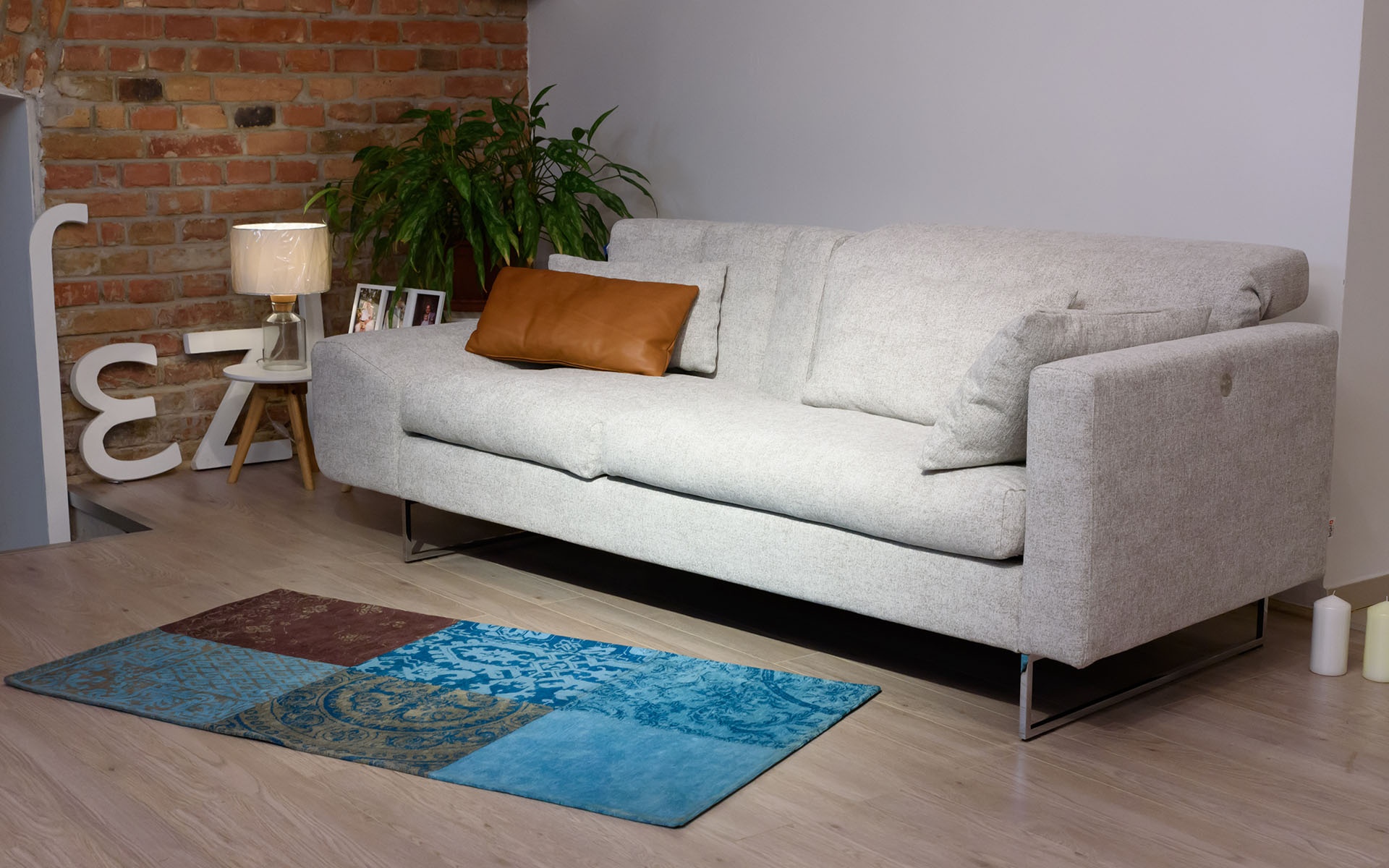
By what values do you manage the Gallery?
KF: It is extremely important for us that when someone makes an appointment they know exactly what to expect, what we can offer. I think one of our strengths is our extensive experience and background in commerce, paired with a strong orientation towards design, while due to our qualifications we can also provide significant support in both architecture and interior design. Of course, our services are not limited to providing counsel: following today’s trends we also create design plans, outlining the overall tone and concept of the interiors. We believe that the customer knows exactly what they want and how they want it, and we have to coax these out of them, together. This is why no one should take too much control over the clients: the final goal is not to simply close a deal, but to make a homeowner happy for a very long time.
I think this is the approach that gave us our greatest value: our happy and open-minded regular customers, some of whom have been our loyal clients for 30 years. Even at S/ALON BUDAPEST there was an audience member who has been the satisfied owner of a Himolla furniture set - which he got from us back in Békéscsaba - for the last 12 years.
At S/ALON BUDAPEST you showcased the products of two German brands you represent, the aforementioned Himolla and Brühl. Why did you choose these brands?
KF: Although we distribute and have extensive knowledge of the products of approximately 25 brands, we focus on five particular brands which are mainly high quality seating furniture produced by German and Swiss manufacturers, since their mentality sits the closest to our own beliefs. They work accurately and they value what’s inside: apart from using materials of the highest quality their priority is ergonomy and functionality, with shape following as a decoration. This is true for the products of Brühl and Himolla as well: every piece of their furniture are created with care, emphasizing the needs of various age groups. Both companies (just like Sezlon) started out as a family business and developed into a dominant furniture producer in Europe. The simple, dependable design and environmental consciousness make it easy to embrace and identify with these brands.
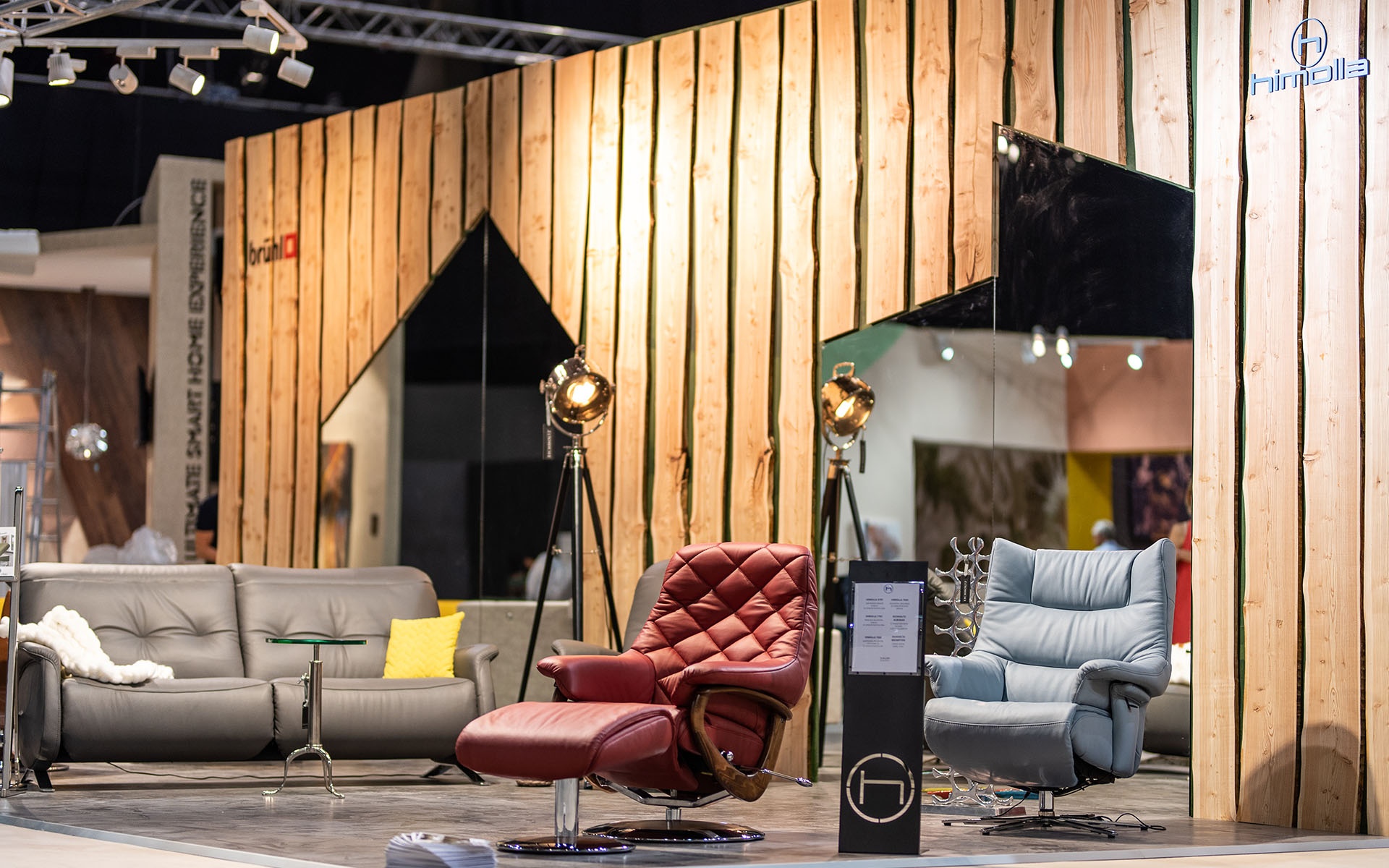
What makes the market of designer articles special? Why is it more or different than what we have become used to at furniture retails?
KF: There was a time when we tried to operate as an open store, but soon we had to learn that we needed to talk about the design articles and the quality we represent with our customers, since our furniture cannot be compared to a mass produced item, and we can’t expect our customers to realize this distinction by themselves. The awareness of our clients ranges on a wide spectrum: there are some who know exactly what they are looking for, they are familiar with our product lines, but they need our input in some form; there are some who reach us via recommendations; and there are some who have the desire for something more and finer, but they are still looking for their way. That’s why it’s important to schedule a meeting with the customer beforehand so we can specify the requirements in a relaxed setting, with no distractions. If during our discussions we are able to show the true value of quality and find the solutions closest to the future owner’s taste, the quality time spent together culminates in result and satisfaction.
In this regard design is like art: if I only see the prices, it’s hard to choose items based on taste. If someone walks in the door, they want to see spaces, shapes, colors and surfaces, not numbers. In order to surround ourselves with quality items tailored to our own preference, the price tag must become a secondary concern. Of course it’s not always easy as we all have our limitations, but it seems the demand for quality spaces is on the rise: how we represent ourselves through fashion, for example, is no longer as important as what we experience in our own homes.
In general we can see that more and more people are becoming interested in interior design. What road should someone take who is still a stranger to this world, but who would like to furnish their home with tasteful, quality items? What should they expect?
KF: After a while the clients begin to feel if they are in the right place or not. They usually know what they want but they are not allowed to speak up or discover their own taste.
Inspiration can find you anywhere: walking on the road, sitting in a café, but we can even come across an item that speaks to us in a shoe shop. We have a sense organ that signals us when we see a good design, but we rarely use it. Luckily we can find everything on this topic in printed and online media. If we find the design or a taste we resonate with during our browsing sessions, we have a good chance of finding the right partner or store that can help us bring it to life and into our space, conveying that specific message, atmosphere, and style that we imagined.
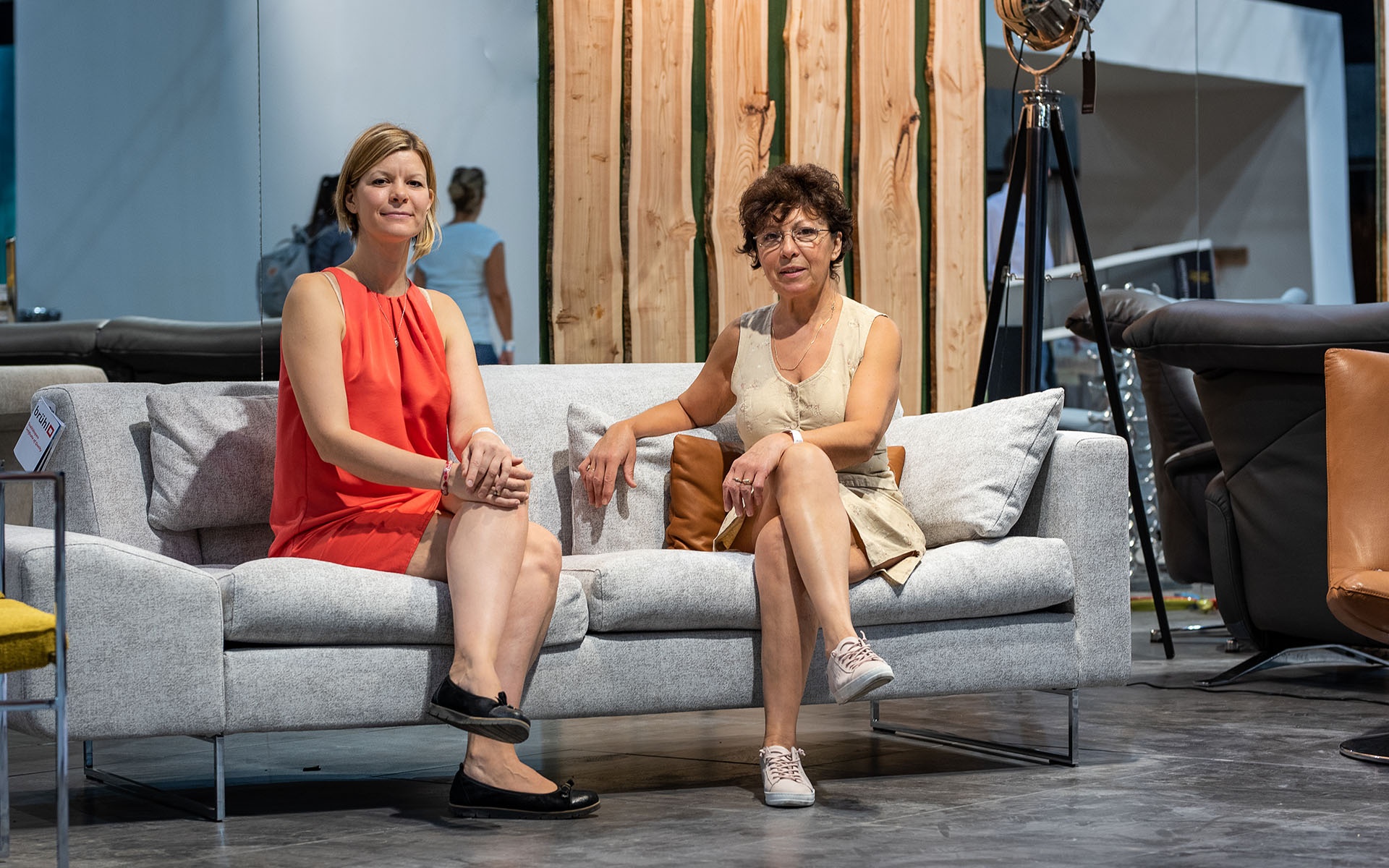
You said earlier that from the very first moment you knew that you wanted to be present at S/ALON BUDAPEST. How can an event like this help sharing this approach - that you also represent - with as many people as possible?
KF: We have been attending the international design markets for almost 15 years, and S/ALON BUDAPEST was the first morsel of design consciousness in Hungary which already has serious traditions abroad. Every single Hungarian design addict had the same thought: that we needed an event like S/ALON. There were people who decided to wait, but many others have already taken the side of the initiative, and this is the progressive alliance that could help the domestic design scene catch up to the international levels. What matters is that it happened and it was successful, and the visitors left with an experience that was unprecedented in Hungary. They got to see and try the brands of famous and trendy producers known from the pages of magazines, as well as the products of promising and up-and-coming talents; exactly like at the popular international design expos or events. Together we were able to give a small taste of the marvellous and dazzling world we are working on day after day to bring to the domestic scene. I think we are on the right path too, as there were some people already who referred to this event as a “mini-Milan”.

